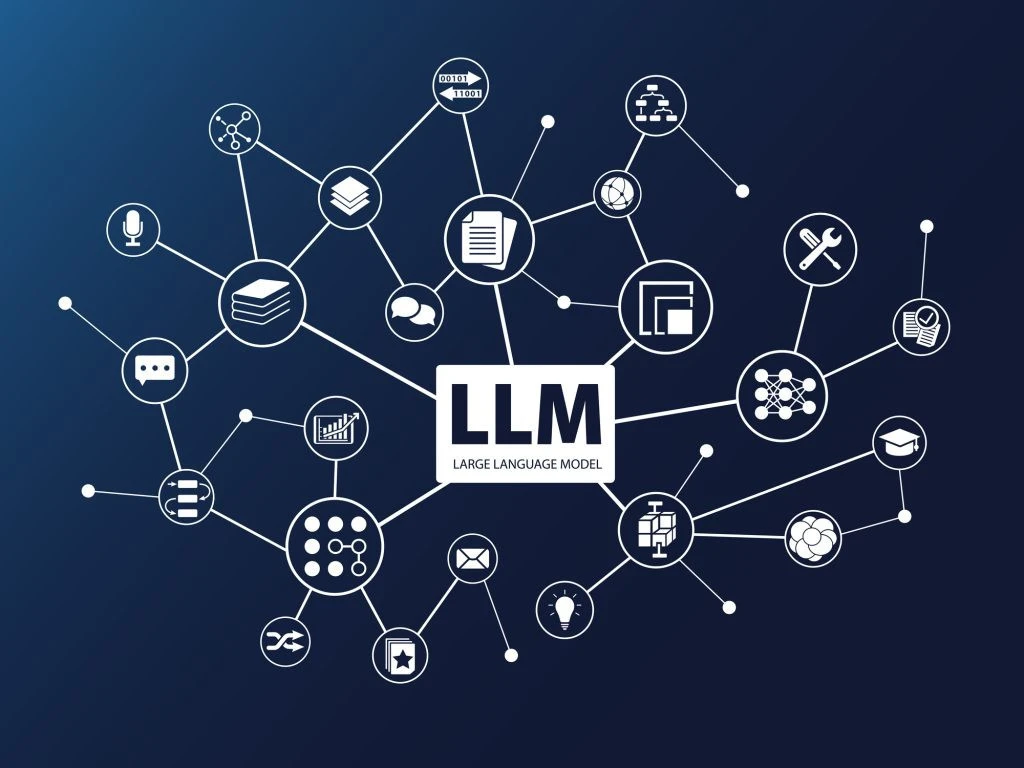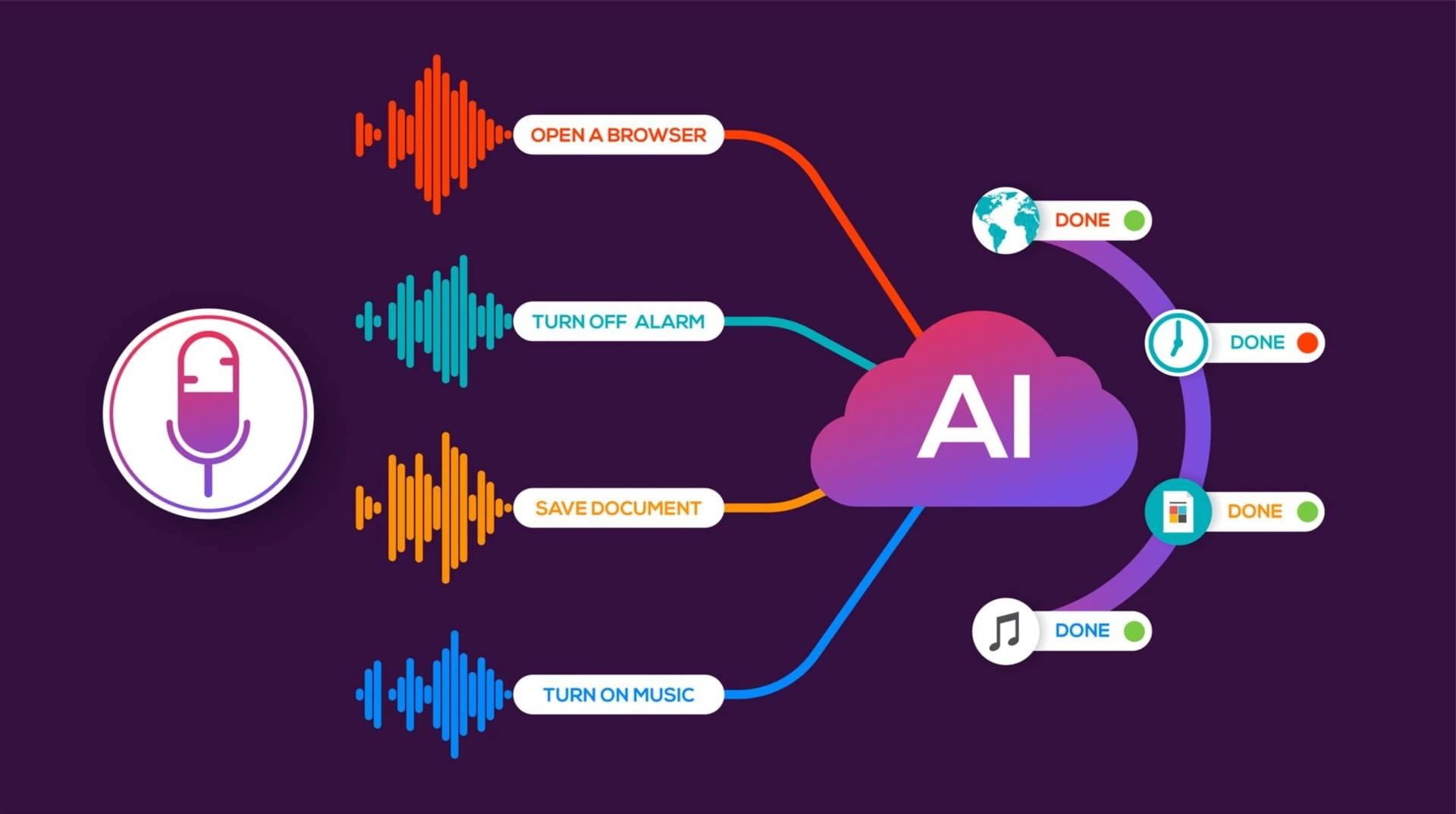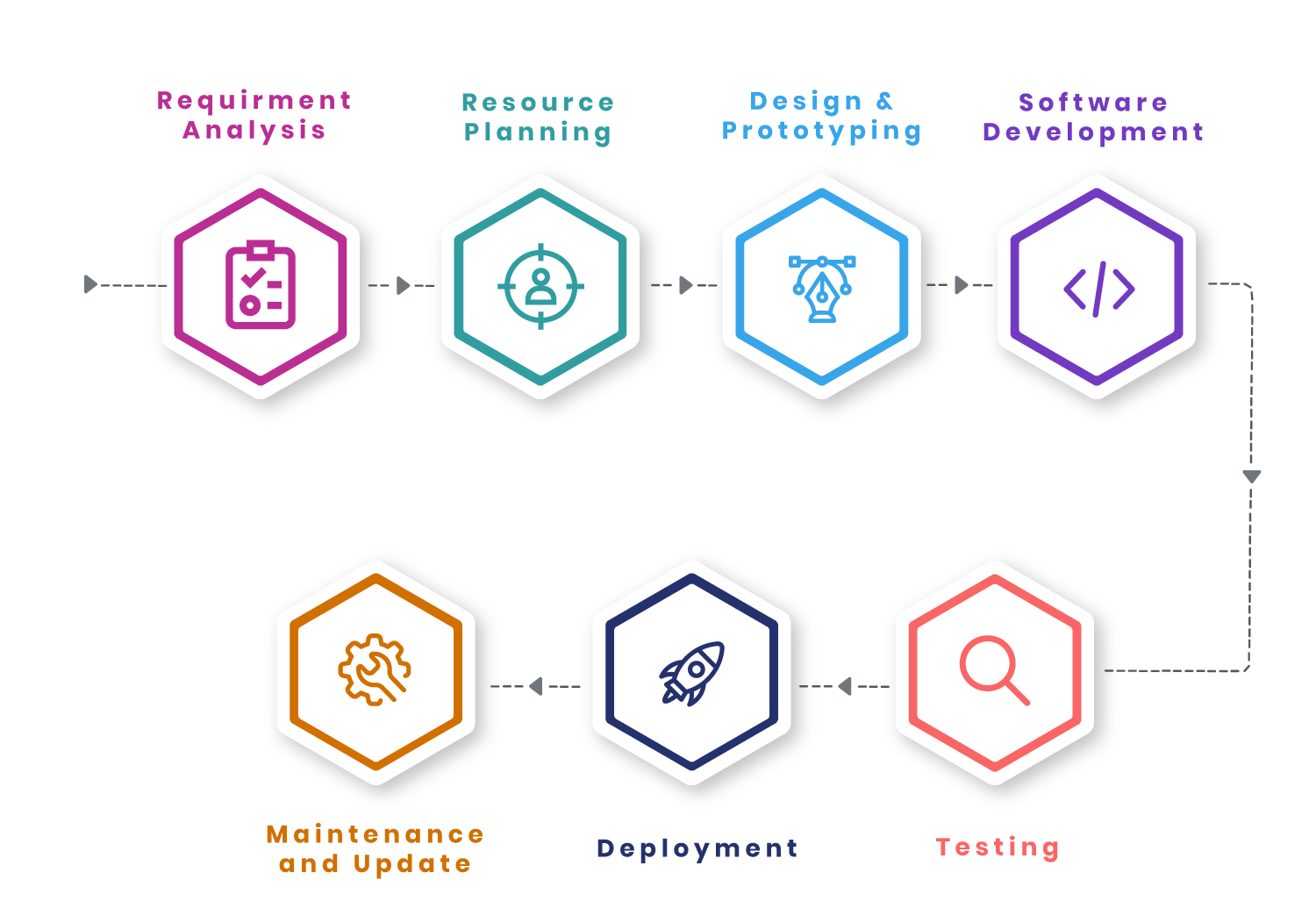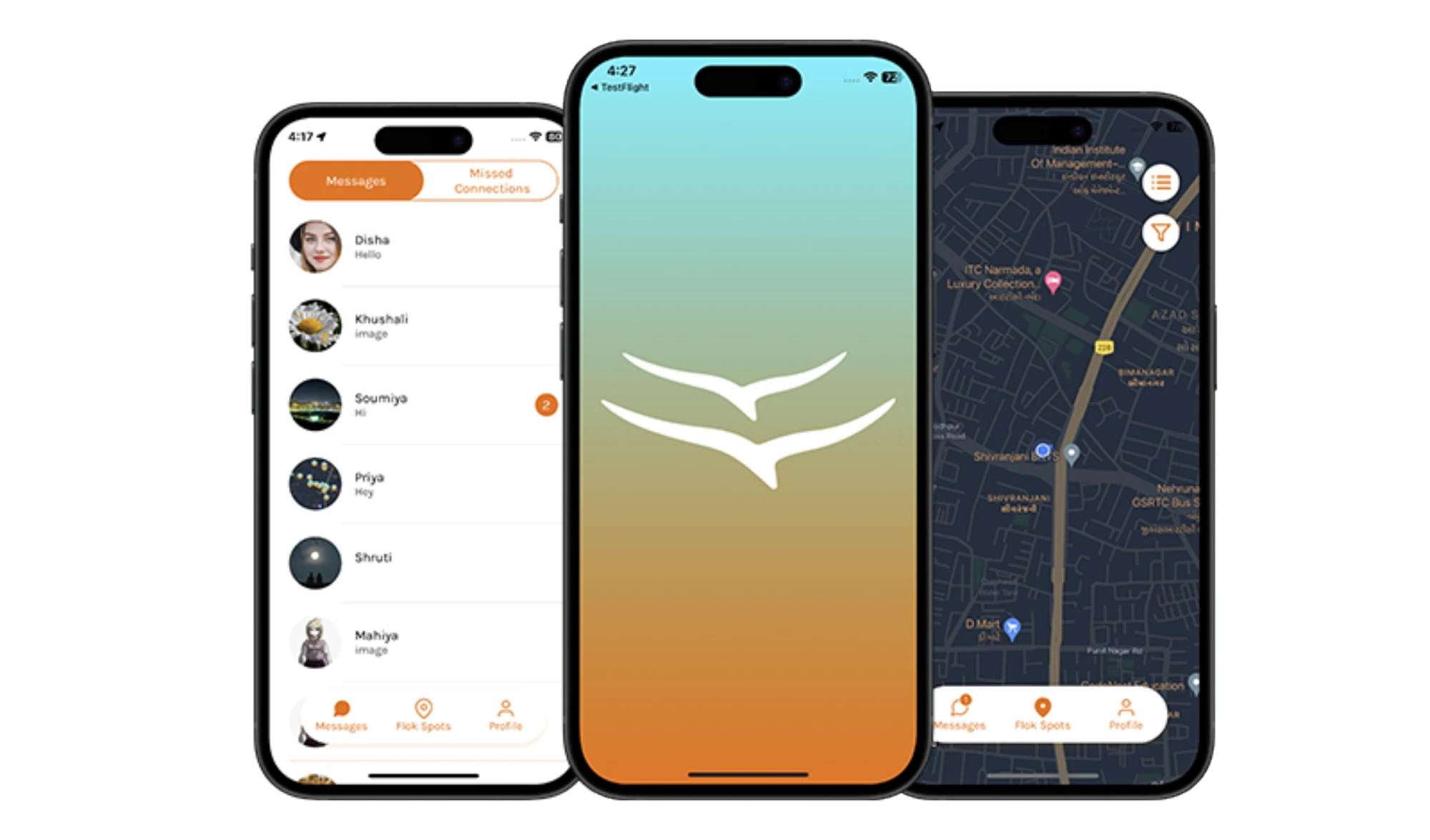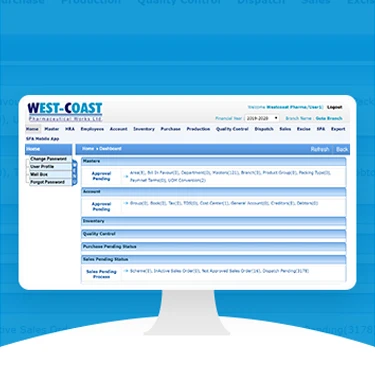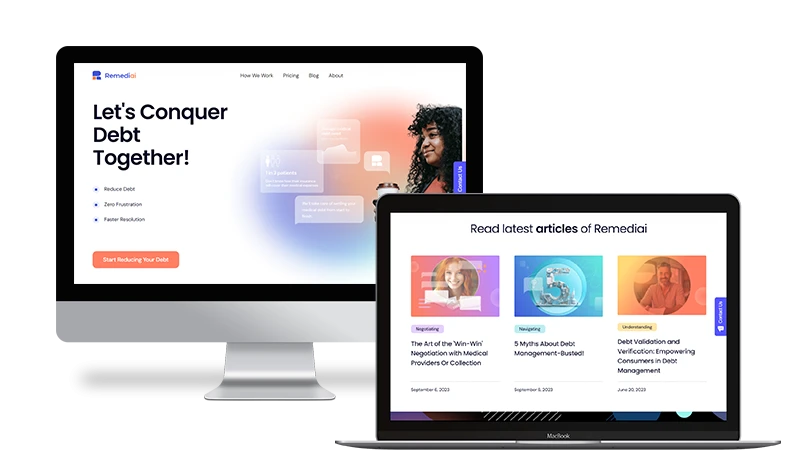Predictive Analytics Service
-
Transform Data into Actionable Insights: Our predictive analytics AI service utilizes machine learning algorithms to analyze historical data and identify patterns. This allows you to:
-
Unlock the Secrets Hidden in Your Data:
Leverage the power of AI to analyze vast amounts of data and identify patterns, trends, and future possibilities.
-
Predict Customer Behavior:
Anticipate customer needs, personalized product recommendations, and optimize marketing strategies for increased sales and customer retention.
-
Identify Potential Risks & Opportunities:
Gain insights to mitigate risks associated with fraud or equipment failure, and discover new market opportunities for strategic growth.
-
Forecast future trends:
Make data-driven decisions about marketing campaigns, product development, and resource allocation.
Our predictive analytics AI services leverage advanced algorithms and machine learning techniques to forecast future outcomes based on historical data patterns. Here are ten detailed services that can be provided under predictive analytics AI services:
1. Predictive Modeling:
-
Description:
Building statistical models using machine learning algorithms to predict future trends or behaviors based on historical data.
-
Key Features:
Regression analysis, classification models (e.g., logistic regression, decision trees), and ensemble methods (e.g., random forest, gradient boosting).
2. Time Series Forecasting:
-
Description:
Forecasting future values of a time-dependent variable (e.g., sales, stock prices) using historical time series data.
-
Key Features:
ARIMA (AutoRegressive Integrated Moving Average), exponential smoothing models, and LSTM (Long Short-Term Memory) neural networks for sequential data analysis.
3. Customer Churn Prediction:
-
Description:
Identifying customers at risk of churn (leaving a service or product) based on historical behavior and demographic data.
-
Key Features:
Feature engineering, survival analysis, and propensity modeling to predict churn probability and implement retention strategies.
4. Recommendation Systems:
-
Description:
Generating personalized recommendations for products, services, or content based on user behavior and preferences.
-
Key Features:
Collaborative filtering, content-based filtering, and hybrid recommendation approaches leveraging machine learning algorithms like matrix factorization.
5. Risk Assessment and Fraud Detection:
-
Description:
Analyzing historical data to assess risks (e.g., credit risk, insurance claims) or detect fraudulent activities.
-
Key Features:
Anomaly detection algorithms (e.g., isolation forest, one-class SVM), pattern recognition, and adaptive learning to identify suspicious patterns and anomalies.
6. Demand Forecasting:
-
Description:
Predicting future demand for products or services to optimize inventory management and production planning.
-
Key Features:
Time series analysis, predictive analytics models, and incorporating external factors (e.g., economic indicators, seasonality) into forecasts.
7. Market Basket Analysis:
-
Description:
Analyzing customer purchase behavior to identify associations and patterns among products frequently purchased together.
-
Key Features:
Association rule mining (e.g., Apriori algorithm), cross-selling opportunities identification, and basket segmentation for targeted marketing strategies.
8. Healthcare Analytics:
-
Description:
Applying predictive analytics to healthcare data for personalized medicine, patient risk stratification, and clinical decision support.
-
Key Features:
Predictive modeling for disease diagnosis and progression, treatment outcome prediction, and optimizing healthcare resource allocation.
9. Supply Chain Optimization:
-
Description:
Using predictive analytics to optimize supply chain operations, forecast demand, minimize inventory costs, and improve logistics efficiency.
-
Key Features:
Supply chain simulation models, demand forecasting, and predictive maintenance to reduce downtime and improve overall supply chain resilience.
10. Sentiment Analysis and Opinion Mining:
-
Description:
Analyzing textual data (e.g., social media posts, customer reviews) to extract sentiment and opinions, helping businesses understand customer perception.
-
Key Features:
Natural Language Processing (NLP) techniques, sentiment classification, and topic modeling to uncover insights and inform marketing and brand management strategies.
These predictive analytics AI services empower businesses across various industries to make data-driven decisions, optimize operations, and capitalize on opportunities by leveraging the power of predictive modeling and advanced analytics techniques.
Benefits:
1. Make data-driven decisions with greater confidence.
2. Mitigate risks and seize new opportunities.
3. Improve operational efficiency and resource allocation.


